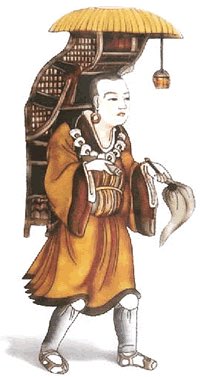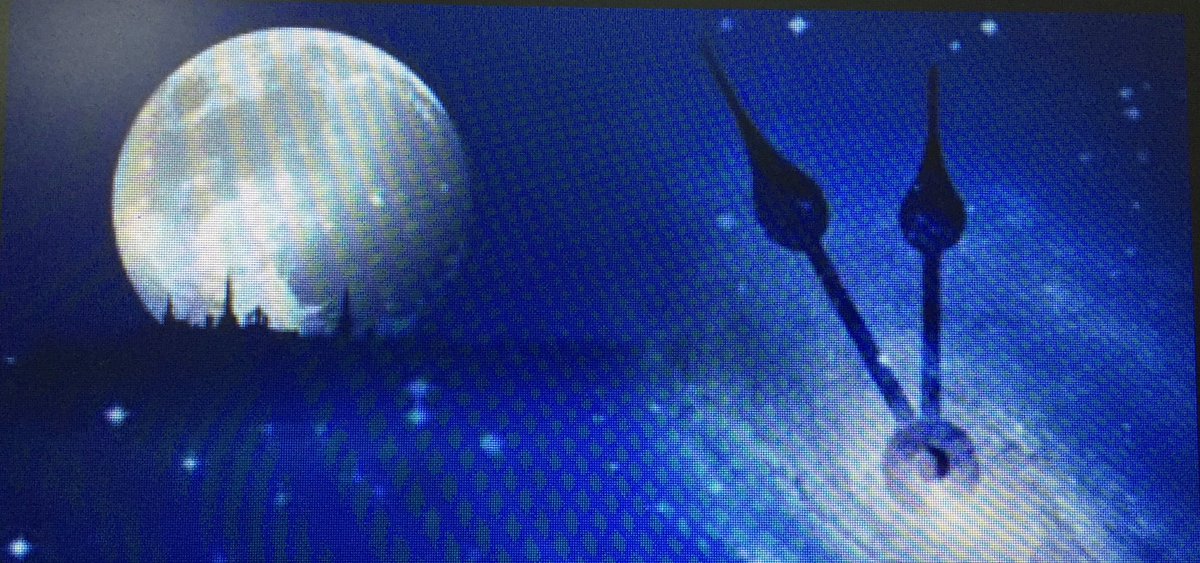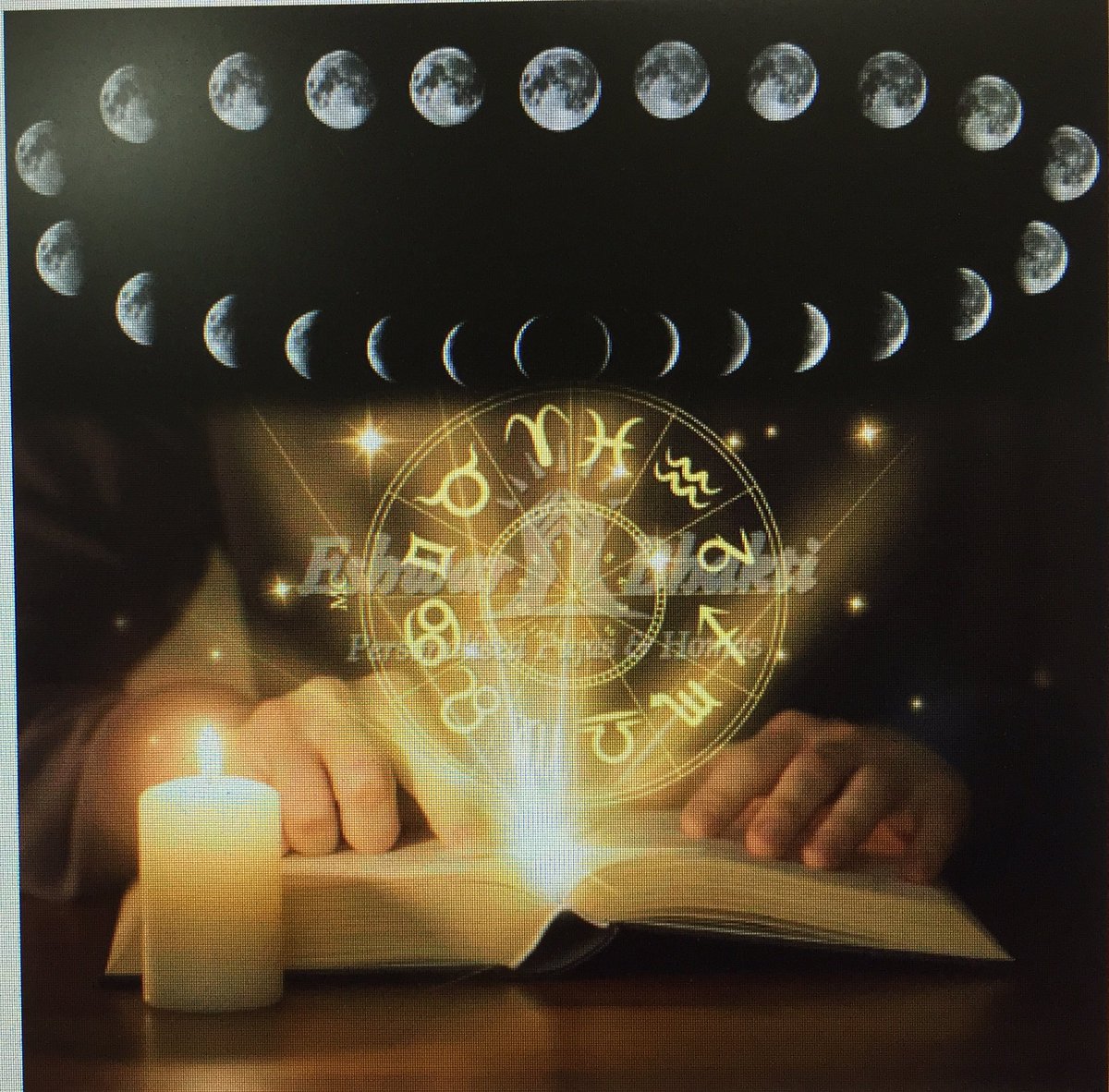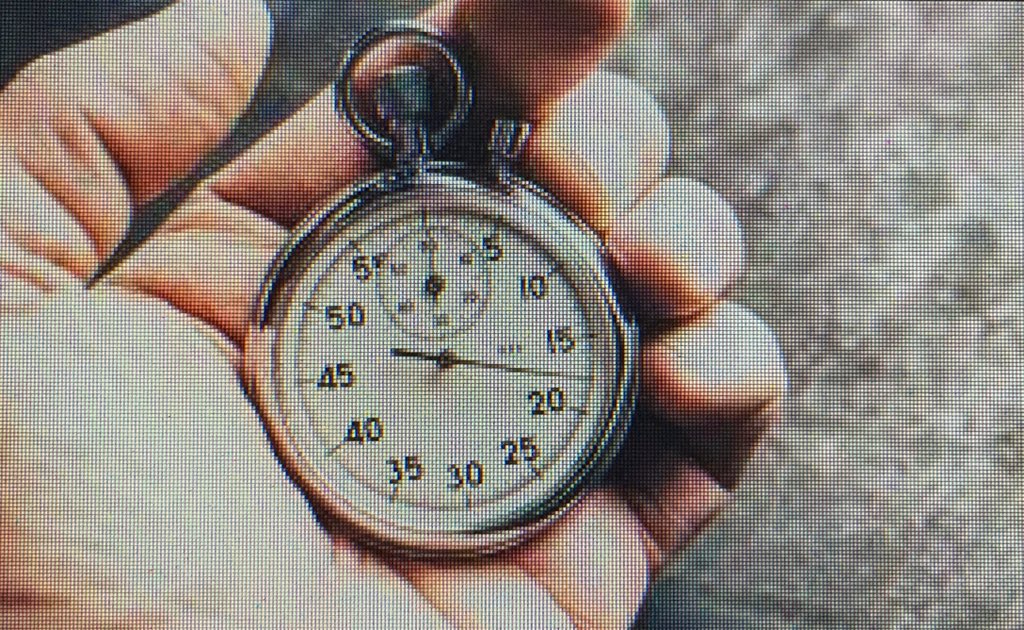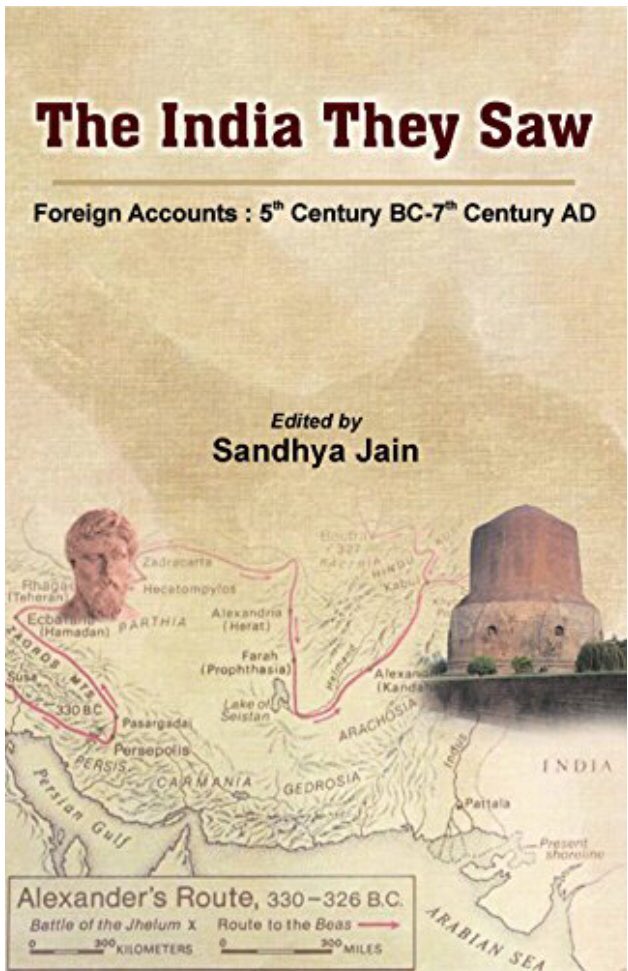#Thread on Measurement of Time & Astronomy in Ancient India as observed by Hieun Tsiang (Yuan Chwang) (602-664 CE) in ‘Record of Travels to the Western Regions’ #History #india #bharat #civilisation #travel #time #measurement #astronomy #sun #moon #science
#History #india #bharat #civilisation #travel #time #measurement #astronomy #sun #moon #science
 #History #india #bharat #civilisation #travel #time #measurement #astronomy #sun #moon #science
#History #india #bharat #civilisation #travel #time #measurement #astronomy #sun #moon #science
@AartiAuthor @harshasherni @SRaEarth09 @ynacna @visa_pro @mamatarsingh @Dharma_Yoddhaa @Itishree001 @MsStilettoes @Shiv_Sharwani11 @Mahender_Chem @DeshBhaktReva @Savage_shree @VaruKrutika @dhingramahima9 @apparrnnaa @i__Mystic @Shailesh_2017 @shradhasumanrai @VedicWisdom1 

The shortest portion of time is called a t’sa-na (kshana); 120 kshanas make a ta-t’sa-na (takshana); 60 of these make a la-fo (lava); 30 of these make a mau-hu-li-to (muthurta or muhurta); five of these make “a period of time” (kala);...
.. six of these make a day and night (ahoratra), but commonly the day and night are divided into eight kalas.
The period from the new moon till full moon is called the white division (Sukla-paksha) of the month; the period from the full moon till the disappearance is called the dark portion (Krishna-paksha). The dark portion comprises fourteen or fifteen days,..
.. because the month is sometimes long and sometimes short. The preceding dark portion and the following light portion together form a month; six months form a “march” (hing, s.ayana).
.. The sun when it moves within (the equator) is said to be on its northward march (uttarayana), when it moves without (the equator) it is on its southern march (dakshinayana). These two periods form a year (vatsara).”
Source and Credit :
1)THE INDIA THEY SAW (VOL-1) by Dr. SANDHYA JAIN @vijayvaani
2)Record of Travels to the Western Regions by Hieun Tsiang, Chinese pilgrim & traveller.
1)THE INDIA THEY SAW (VOL-1) by Dr. SANDHYA JAIN @vijayvaani
2)Record of Travels to the Western Regions by Hieun Tsiang, Chinese pilgrim & traveller.

 Read on Twitter
Read on Twitter